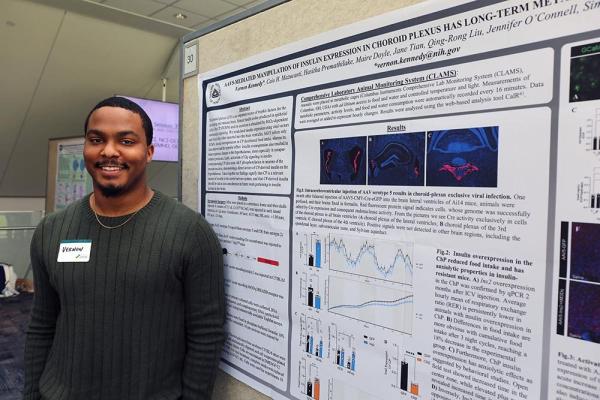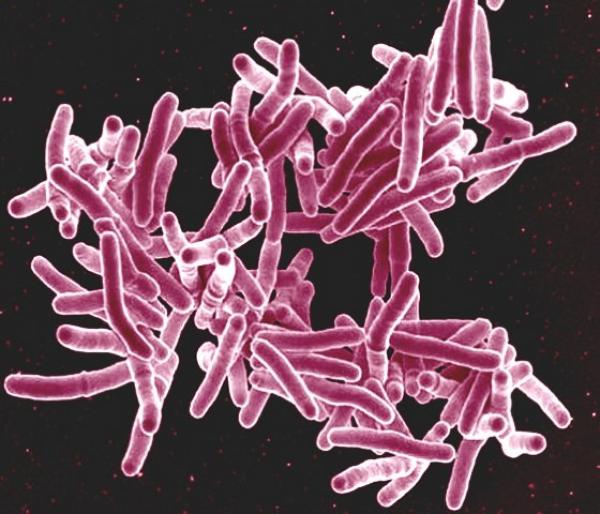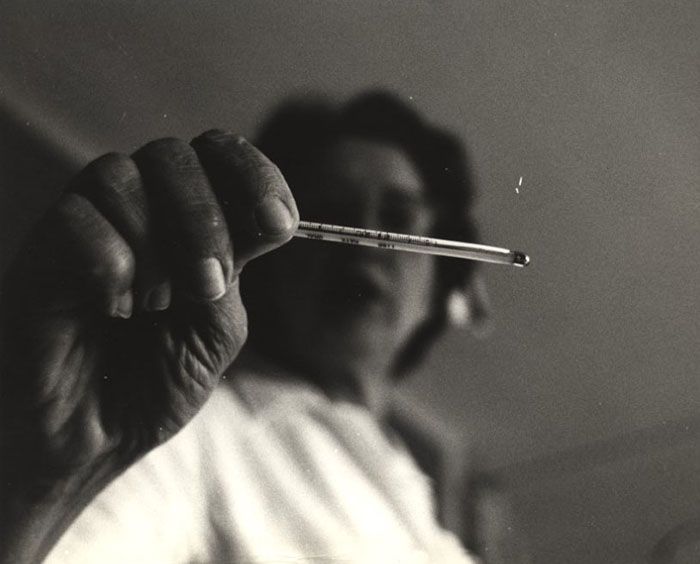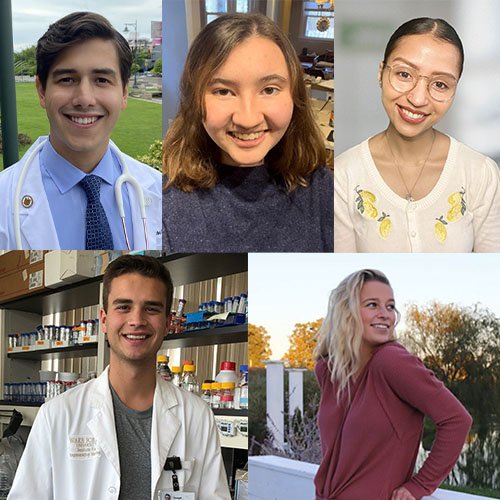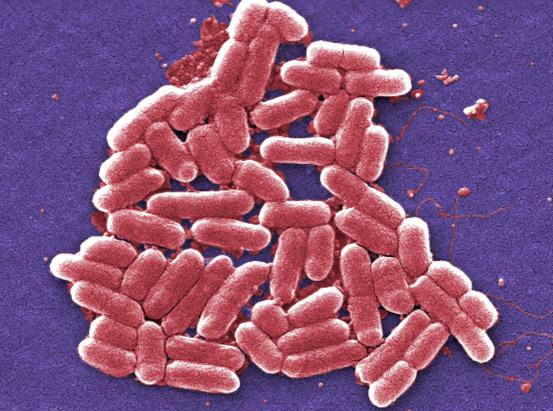Seeking Antibiotic Alternatives to Annihilate Infections
IRP’s Darryl Zeldin Investigates New Ways to Combat Bacterial Pneumonia
Our immune system is supposed to block infections like pneumonia, and in most instances, it does. Even so, nearly 1 million Americans each year become sick enough from pneumonia to require a visit to the hospital, and for about 50,000, the lung infection is deadly.
Multiple types of infectious organisms can cause pneumonia, and doctors use antibiotics to treat cases caused by bacteria. Unfortunately, bacteria are resilient organisms that have waged an evolutionary battle against our antibiotics ever since penicillin was first discovered, leading to alarming rates of antibiotic-resistant infections. It’s no wonder, then, that the public health community calls attention to this life-threatening conundrum each November during Antibiotic Awareness Week.


